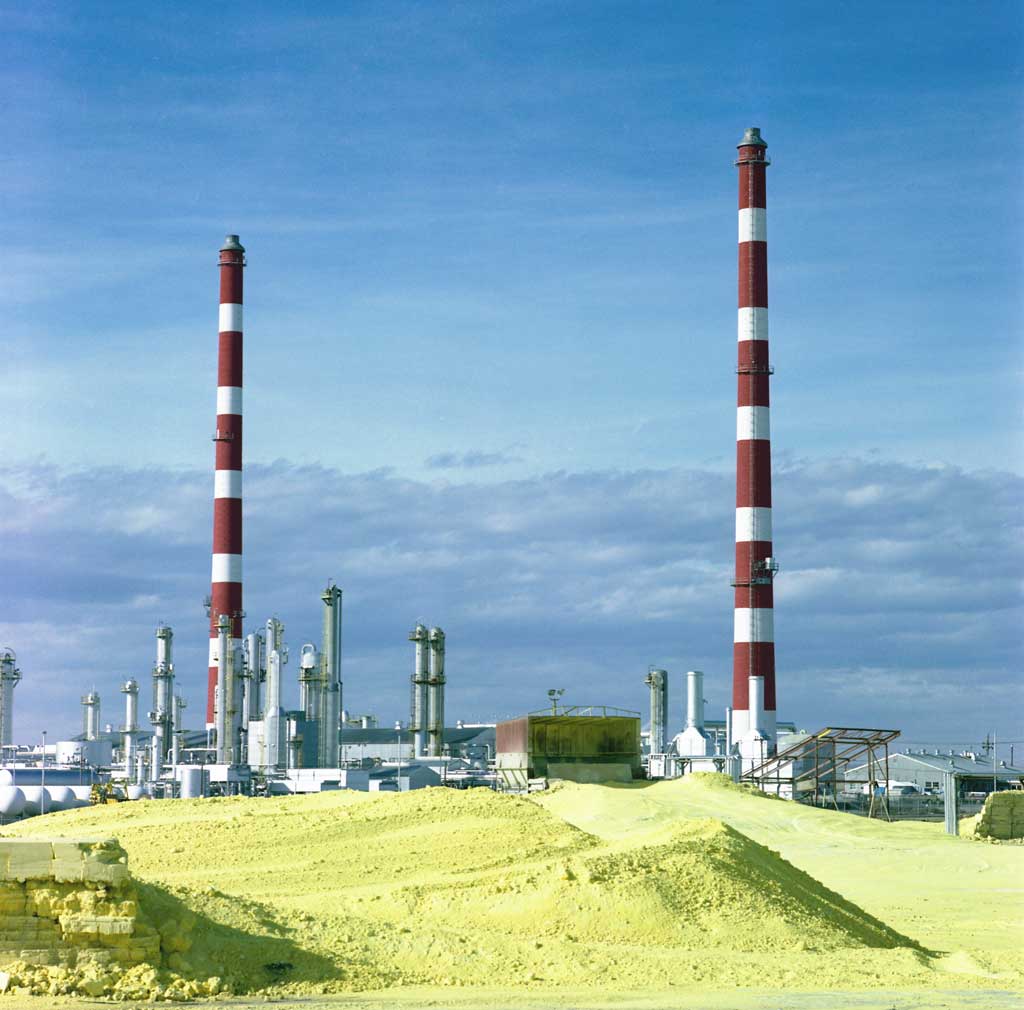SRU Stack Emissions
Compliance with environmental regulations is measured at the SRU's stack and has everything to do with stack gas composition. OGT has developed a hybrid kinetic model of both natural- and forced-draft thermal oxidizer configurations. The model can determine the composition of the waste gas you are discharging to the atmosphere and report component-wise emissions on multiple, common bases (dry, no excess air, etc.). Additionally, the model double-checks hydraulics associated with large heated stacks to ensure that a given arrangement is feasible. This allows you, via simulation, to determine how operational decisions affect environmental compliance and also conduct “what-if” analysis for the effect of process changes on emissions. When used together with the new Sulphur Storage and other SulphurPro® blocks, SulphurPro can now model the complete sulphur recovery installation from end-to-end.
The stack can be modeled adiabatically, isothermally, or with a specified heat duty. Reactions within the stack include oxidation of H2S, COS, CS2, H2, CO, NH3 (with O2 and SO2) and NH3 decomposition. Reaction products are H2O, SO2, CO2, N2, H2S, and H2. and the stack module includes composition profiles across the height of the stack. Allowance is also made for the weather. And, you are warned if there is insufficient natural draft to handle the prescribed flow through the stack.
This level of stack and sulphur emissions detail became available with SulphurPro® Version 8.0.
